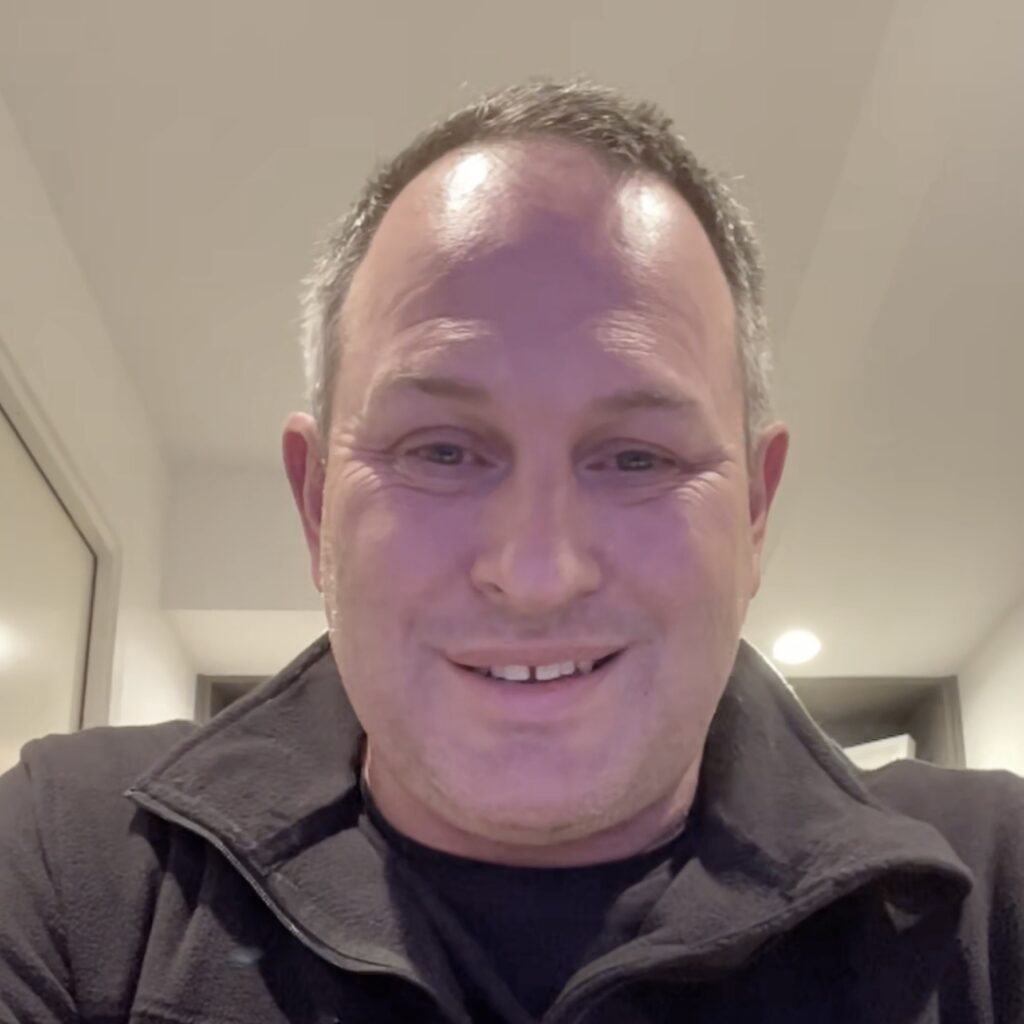Q&A with Rob McDonald

Rob McDonald is an emergency nurse practitioner who loves almost every aspect of the emergency department – including its unpredictable nature. He has a background as an educator, and a passion for demystifying ventilation.
At SSEM22, he’ll be facilitating the Difficult Ventilation workshop.
This is the fastest selling SSEM workshop ever. Why so popular?
Ventilation is a complicated thing that we do infrequently. People want to get an edge in it.
Are ventilators too complex?
No. The manufacturers do so many things to try to make the machines less complex. Ventilation itself is complex. Our lungs are complex. The mechanism of positive pressure ventilation is complex. The ventilators try to simplify that, especially the transport ones that we use in ED.
Can a simple ventilation strategy work?
Yes, but the problem is that it can also do harm. I grew up in the era when we did our ventilator settings according to the easiest maths. We just gave ten mls per kilo, so we got that big tidal volume. It caused so many problems. We didn’t see it in ED, but four hours down the track the patient was starting to have ARDS from what we did. Now we’ve evolved from that simplified model.
Has that been the biggest change, moving towards a lung protective strategy?
The bigger thing is that ED doctors and nurses are caring about ventilation. It wasn’t long ago that we didn’t give it much thought. We thought there was a quick setting you could put in, whereas now we are thinking about so many other variables. Notably PEEP, and inspiratory time. We’re actually considering our settings now, rather than one size fits all.
What was your favourite emergency ventilator?
Well I grew up with the Oxylog 3000, and the 3000 plus. It’s only just gone from our EDs. I would have to say I knew it the best, well and truly. I flew with it. I liked the waveforms, I liked the fact that you had to have knowledge of what you were dialing in. There is a benefit in having to know your settings and why you are setting them. Most of the limitations that people said the 3000 couldn’t do were because their settings were wrong, not because the ventilator couldn’t do it.
Have ED nurses become technicians?
No. There is an argument to replace nurses with technicians, like respiratory techs. Those guys are amazing. But nurses are doing so many other things other than just being a technician. Nursing has evolved to include more technical skillsets, but there are so many other parts to the job.
What’s the most common mistake made in ventilation?
Using standard settings for a patient with deranged physiology. Not looking at the patient and planning what they need in advance. Setting a rate that is too low for an acidotic patient, so you go from them breathing at 30 a minute to a rate of 12. Or the other way round, failing to allow enough expiratory time in asthmatic patients.
What was your favourite toy? As a child?
Knives. And fire. I still love having sharp knives. I love fire too. But I’ve always been kind to animals, so I’m not a psychopath.
What made you become a nurse practitioner?
A natural evolution through nursing, so I could maintain my clinical practice and increase my scope. I still get to work with patients, maintain my skills, and keep learning. I can prove that I can do a different skill, ultrasound for example, nerve blocks, apply a change and teach it to my colleagues.
Will you ever come to a point where there is nothing new to do?
Like anything, there are going to be plateaux. But we work in health. Everything keeps changing. It wasn’t long ago, 10 years ago, people weren’t ultrasounding. It’s part of the emergency training programme now. And that’s just one thing.
What’s your favourite nursing trick?
Using 2% lignocaine jelly, from a catheter pack, for insertion of nasogastric tubes. Put about 5 mls in the nostril. Let it sit for five minutes. The tube goes down easy. And the other trick… the ng tube has a natural curve to it… turn it the opposite way to the way it wants to go. So it stays on the posterior wall of the pharynx and goes down the oesophagus.
Strangest ED presentation you have ever encountered?
A guy who was cooking magic mushrooms on his stove. Eating them as he was going. Somewhere in the process he caught his shirt on fire. He knocked on his neighbour’s door for help. But the door opened too suddenly and he jumped back so he fell off the balcony.
Your favourite form of locomotion?
Freefall. Skiing off a 10 metre cliff.
Have you ever put something in your mouth you shouldn’t have?
A fruitbat. Before Covid. It was horrible. Fruitbats taste of rotting fruit.
Rob McDonald will be facilitating at the Spring Seminar on Emergency Medicine, Noosa, 18-21 October 2022.
Spring Seminar on Emergency Medicine
Noosa, 18-21 October 2022
Jo is an emergency medicine specialist based on the Sunshine Coast. He has qualifications in high fidelity simulation, aeromedical retrieval and point of care ultrasound, and a special interest in educational videography | @FlippEM |
